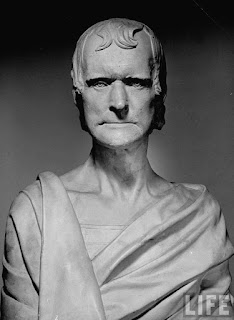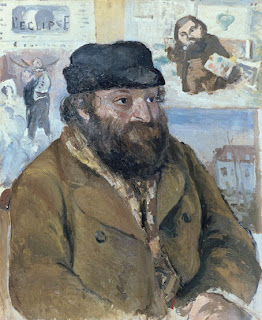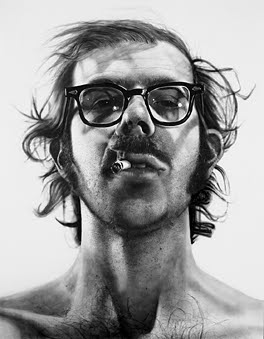Wednesday, January 12th, 2011
Strange and Unusual Portrait by Fontana
Yesterday I came across the strangest portrait I have ever seen. Take a look at Lavinia Fontana’s portrait of Antonietta Gonzalez (also written as “Gonzales,” c. 1595, on left). At first, I didn’t know what to make of this painting. Was it a joke? Why would young girl be depicted with a hairy face?
This is no joke, my friends. In fact, it’s a rather unusual story. Antonietta Gonzalez (as well as her father, two sisters and other family members) had hypertrichosis (also commonly called “werewolf syndrome”). This is a rare genetic disorder which causes an abnormal amount of hair on the body. (You can read more about the disorder and see some interesting images here.) Antonietta’s father, Pedro (sometimes written as Pedrus) Gonzalez, was the first known person to be affected with this disorder. Given the rarity of the disease, it seems a little surprising that so many people within the Gonzalez family were affected by hypertrichosis. One writer noted that in terms of pathology, “the Gonzales sisters were one in a billion – all three of them.”1
Luckily, though, Antonietta and her sisters were not shunned by society, but welcomed into the courts of Europe. Although I’m sure that these girls served as objects of curiosity to some degree, they also were subject to medical investigations and, obviously, portrait sittings. Antonietta explains a little of her personal history in the handwritten note which she holds in the portrait: “Don Pietro, a wild man discovered in the Canary Islands, was conveyed to his most serene highness Henry the king of France, and from there came to his Excellency the Duke of Parma. From whom [came] I, Antonietta, and now I can be found nearby at the court of the Lady Isabella Pallavicina, the honorable Marchesa of Soragna.”2
Historian Merry Weisner-Hanks has speculated that Lavinia Fontana met Antonietta in Parma. I hope to find more information about the portrait in The Marvelous Hairy Girls: The Gonzales Sisters and Their World a relatively new book by Weisner-Hanks. It looks really interesting.
Okay, so here’s my question: do you know of a portrait more unusual or strange than this one? Let’s make it a little game; I’m curious to see what people might submit. And I’ll let you, dear readers, decide what constitutes “unusual” or “strange” (e.g. the sitter, the artistic presentation of the sitter, the medium, etc.).
P.S. As I was finishing up this post, my two-year-old looked at the Fontana portrait and said, “Hey, is that you?” Ha ha! I didn’t realize that I was having such a bad hair day!
1 Jason Zasky, “Hair Apparent,” in Failure Magazine (n.d.), located here (accessed 12 January 2011).
2 Merry Weisner-Hanks, “Hairy Marvels and Beastly Sex,” in National Sexuality Resource Center (1 October 2009), located here (accessed 12 January 2011).







